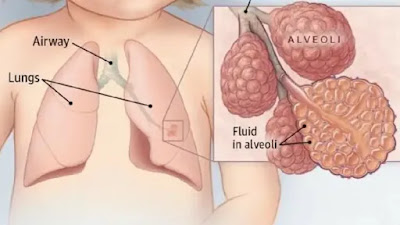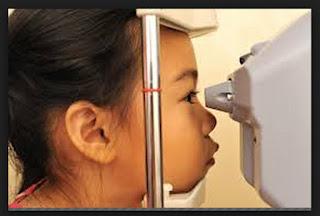Care of infants and children under 6years
The home-based childs record appears to be an excellent tool
to guide screening activities by health workers and to educate parents. It
documents health risks and needs in a way that can facilitate referrals between
in addition to the references listed in the footnote to macfarlane et al
.(1989)was an important general reference for this section. Different levels of
care when necessary ((shah & shah, 1981; shah et al, 1988). The HBCR is a
familiar concept, combining immunization records and growth curves with
indicators of development at appropriate stages. Recent documents from the
united kingdom stress the importance of active enquiry regarding any parental
concern about a child s health or development as a means of early detection
that can replace many screening tests (butler, 1989; macfarlane et al, 1989).
The use of primary care workers to screen young children
within well-child programmes is well established. Documents from the working
party in the united kingdom suggest that, given adequate training and
supervision , paramedical health visitors could play an important part in
screening preschool children for physical and developmental abnormalities
(butler, 1989; hall 1989b). a study in nigeria
in the mid -1970s demonstrated the capacity of public health nurses and
community nurses ( auxiliaries with training in midwifery and practical nursing
)to screen preschool and school-age children for a variety of developmental and
physical handicaps, but stressed the importance of adepuate training and of
realistic workloads in order to ensure quality (Okunade, 1980). A project in
denver, USA in which health aides screened preschool children in extremely
low-income families showed that those workers could accurately perform a
variety of screening tests, including assessments of speeng, hearing, vision,
overall development,and dental caries (Dawson, 1976).
The screening of children for infectious diseases is
discussed to a limited extent in this chapter.
The “at –risk “infant or preschool child; the
infant/preschool child in the “at-risk” household
Why .in order to keep the “at-risk “child under close
surveillance and increase promotional efforts aimed at the family;to refer the
‘at-risk” child for more specialized services if necessary. All
low-birth-weight infants should be considered as being at elevated risk
throughout the early childhood years (unless their early development indicates
the aabsence of special risks), and their households should be the subject of
special surveillance and promotional efforts.
How . by enquiry
and a review of neonatal and prenatal history, checking especially for low
birth weight or prematurity , by routine home assessment by a health worker.by
linking the HBCR and the HBCR and the HBMR, key maternal and neonatal risk
factors that should guide the preventive and promotional care of the young
child can be detected from the prenatal history and from home assessment. Care
providers should ask parents whether they have particular worries about the
child s health; this is an example of early detection . inadequate immunization
status for age may be a good indicator of a child generally at risk who could
benefit from special support at the household level. Routine postpartum home
visiting may provide a valuable opportunity for a trained health worker to make
an assessment of household risk; subsequent visits can be targeted to
households and infants at high risk.
When .at first
well-baby check.
Resource levels
required . low for initial detection; complete assessment may require a
medium or high level of training. Resources for intervention may be low,
medium, or high ranging from increase psychosocial support from primary care
workers or increased socioeconomic status, in the status of women, and in
education.
Recommendation on use
of screening. Screening and early detection recommended. however, priority
should be given to primary prevention through overall community wide improvements in socioeconomic
status, in the status of women, and in education.
Research priority.
Developing and evaluating the effectiveness of methods of training and
supervising primary care workers for the assessment and handling of
psychosocial and socioeconomic risks.




